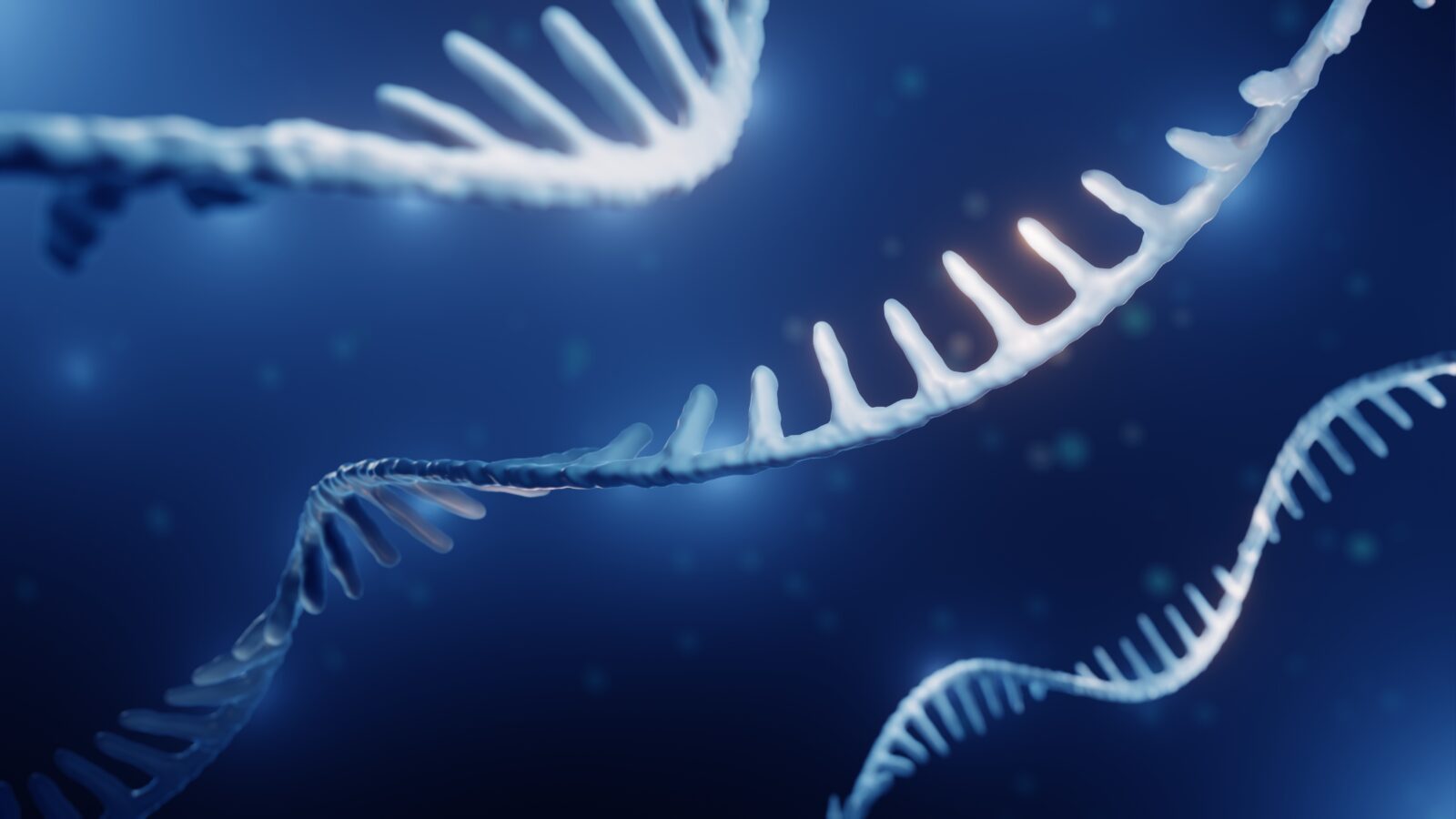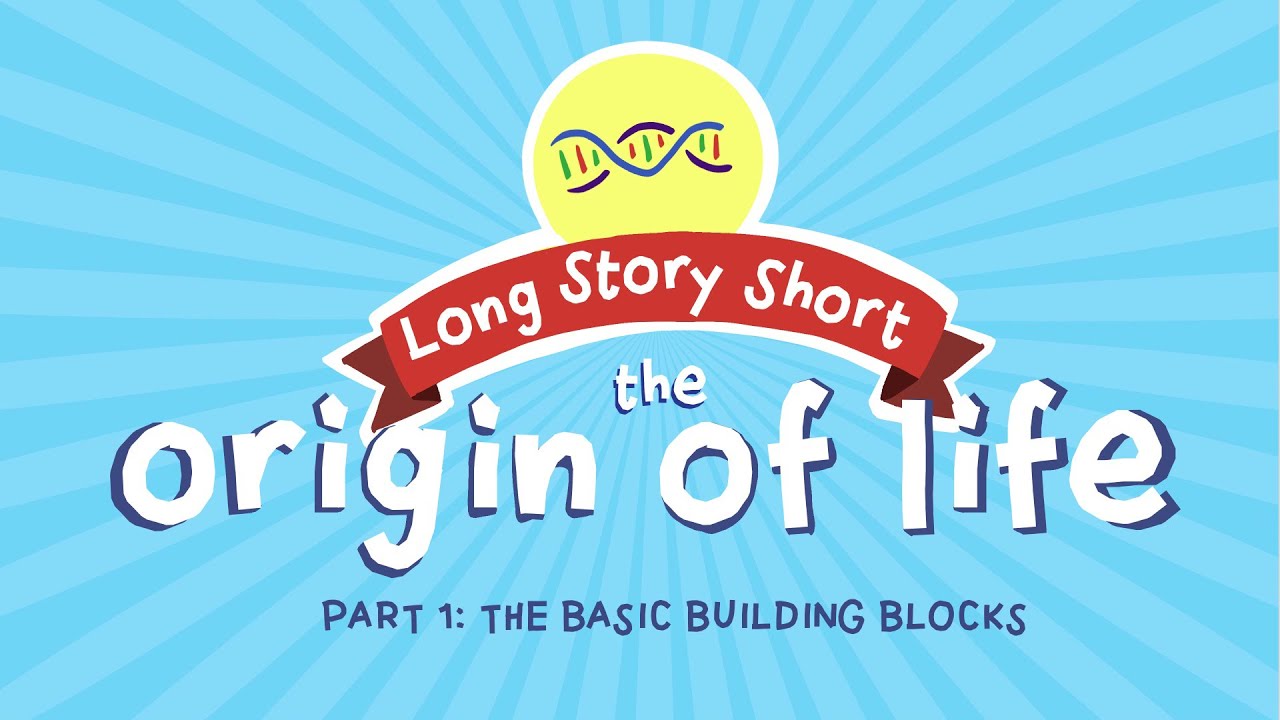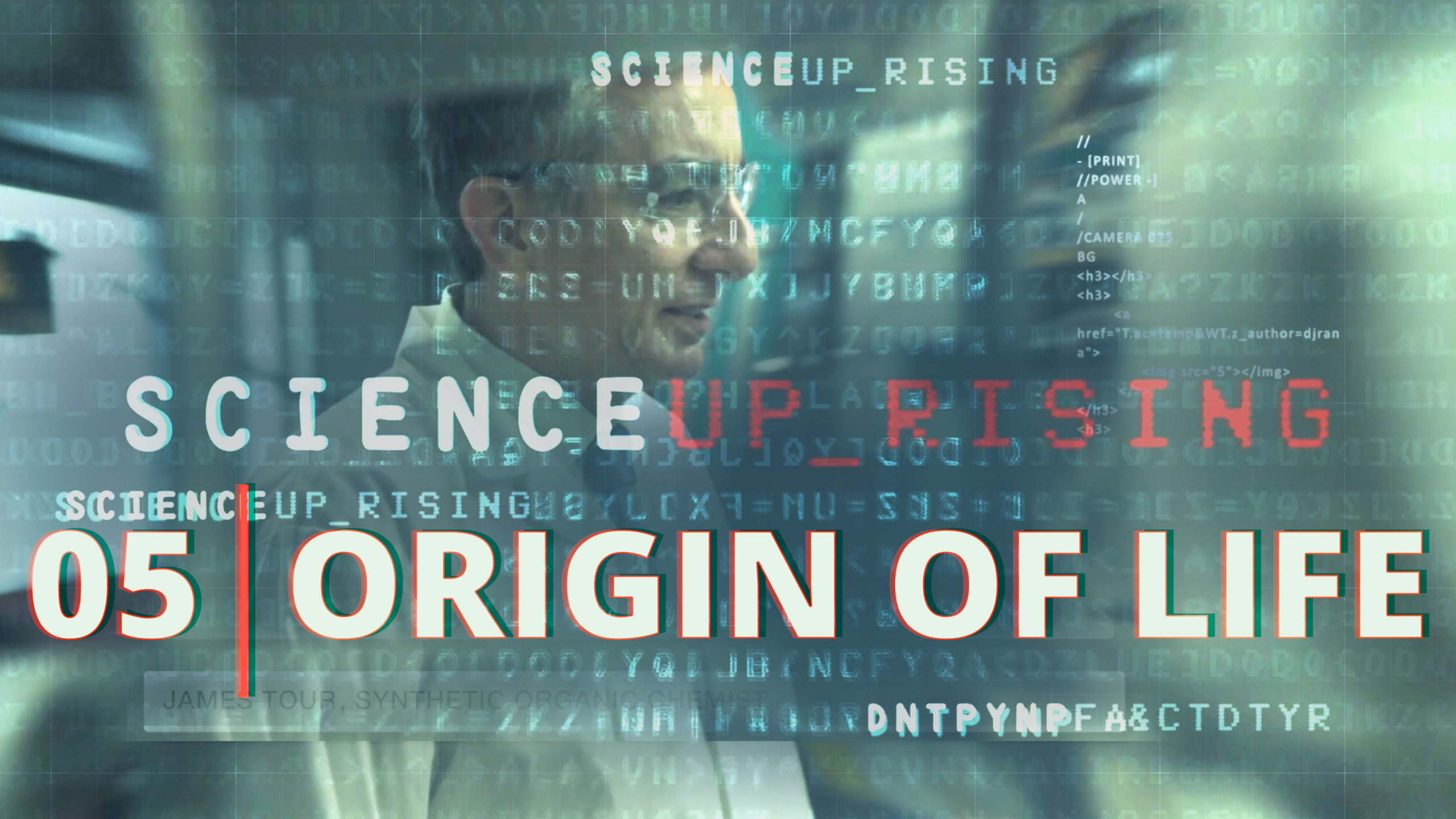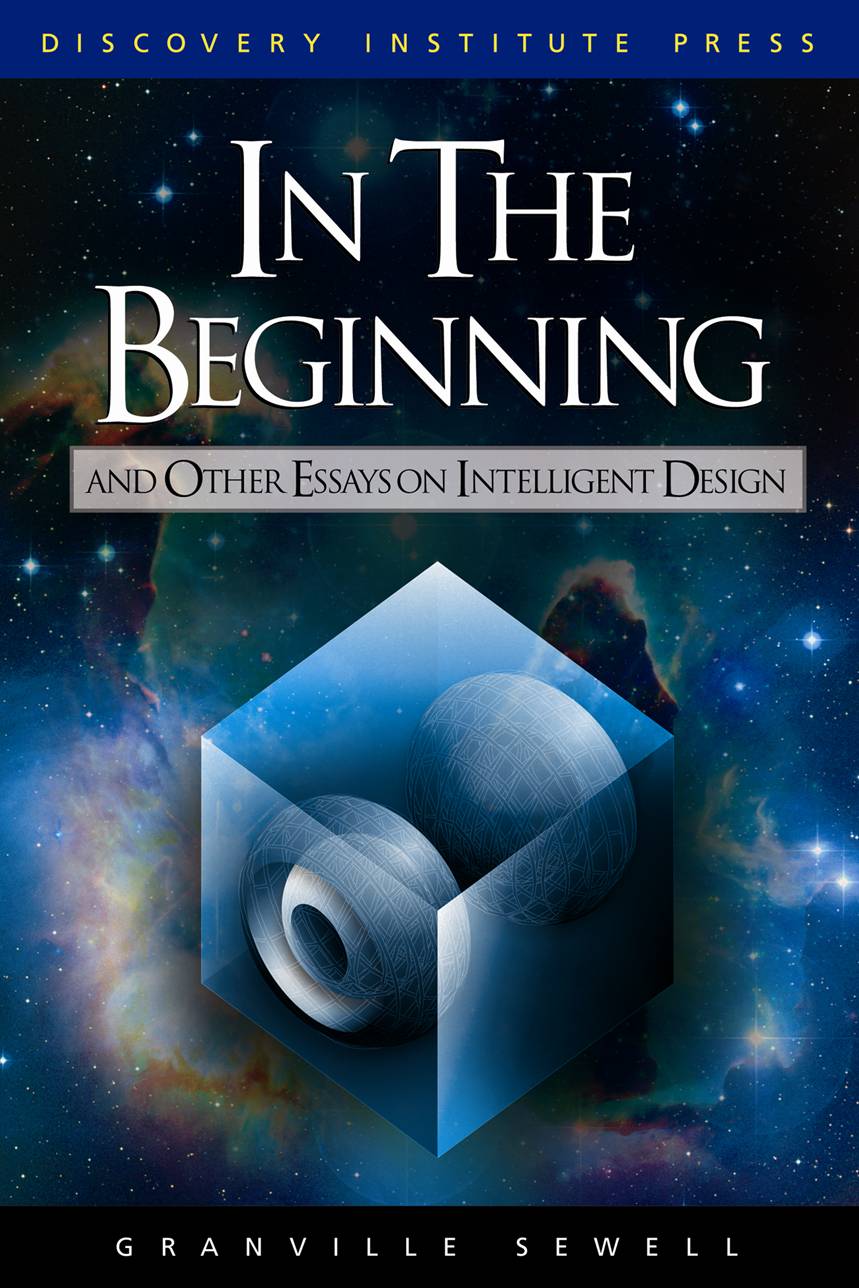


James Tour: The Goalposts are Racing Away from the Origin-of-Life Community

James Tour Talks Nanotech at Socrates in the City

Origin of Life: The Basic Building Blocks
We’re often told that origin of life experiments have simulated the production of life’s building blocks under conditions that mimicked the early earth. Or at least that’s what many textbooks say. But is this really true? This video shows how origin of life researchers “cheat” by using purified chemicals that don’t reproduce actual natural conditions. Another dirty little secret is Read More ›

Science Uprising 05: Origin of Life
Can life spontaneously generate itself from chemicals? Or are detailed instructions required? This episode of Science Uprising investigates the origin of life and claims by scientific materialists like Stephen Hawking that life spontaneously arose from chemicals without any guidance or intelligent design. Be sure to visit scienceuprising.com to find more videos and explore related articles and books. Experts featured in Read More ›

In the Beginning
In this revised and expanded collection of essays on origins, mathematician Granville Sewell looks at the big bang, the fine-tuning of the laws of physics, and (especially) the evolution of life. Sewell explains why evolution is a fundamentally different and much more difficult problem than others solved by science, and why increasing numbers of scientists are now recognizing what has Read More ›
Debate on Origins of Life: Meyer, Sternberg vs. Shermer Prothero
To mark the 150th anniversary of the publication of Origin of Species, advocates for intelligent design and Darwinian evolution squared off to debate the origins of life, the challenges to Darwin’s theory of evolution and the alternative theory of intelligent design. The American Freedom Alliance sponsored this debate as a part of their series of events celebrating the 150th anniversary Read More ›
Unlocking the Mystery of Life Trailer
Watch the process of DNA synthesis and learn why the founder of the theory of chemical evolution ended up rejecting his own idea. For more information or to order a copy of Unlocking the Mystery of Life.

On the Origins of Life

Students Should Learn the Weak Points of Evolutionary Theory, Too
Accurate teaching of evolution (along with the continuing debate) could be improved greatly by educating students about the important difference between microevolution and macroevolution. Microevolution refers to variation within a species. There is 100 percent consensus in this “fact of evolution,” as we see it every day in instances like the breeding of dogs and the creation of hybrid corn Read More ›